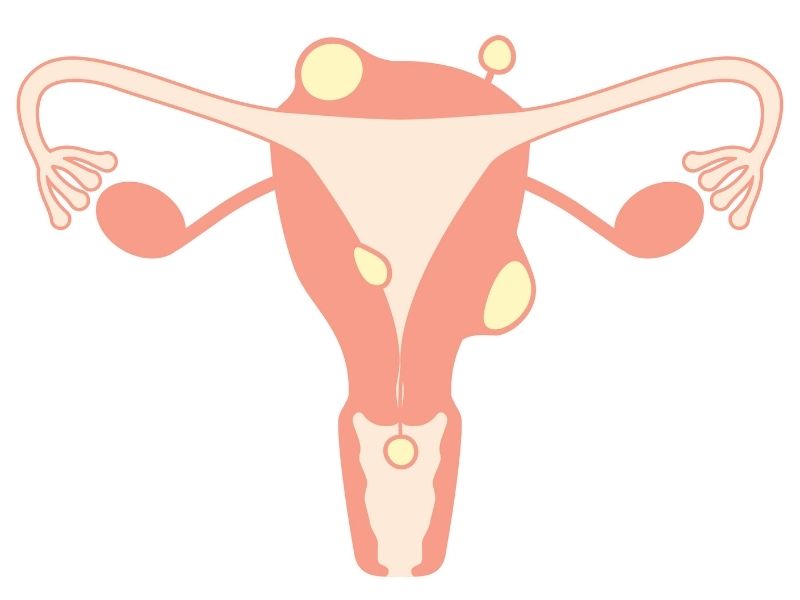Uterus-preserving myomectomy is a crucial surgical approach for treating women with fibroids, allowing patients to complete the treatment while maintaining both their health and quality of life.
What is Uterus-Preserving Myomectomy?
Uterus-preserving myomectomy is a surgical method aimed at removing fibroids—benign tumors in the uterus—while preserving the uterus itself. This operation is particularly suitable for women who wish to maintain their ability to have children or who want to avoid losing their uterus.
Fibroids can cause issues such as pain, excessive bleeding, or infertility. During the procedure, only the fibroids are removed, preserving the structure of the uterus. The surgery can be performed using laparoscopy or open surgery, enhancing both the patient's quality of life and preserving future pregnancy chances.
How is Uterus-Preserving Myomectomy Performed?
Before surgery, the size, number, and location of the fibroids are evaluated. The procedure is usually performed under general anesthesia and can be done with different surgical methods:
- Laparoscopic Myomectomy: Small incisions are made in the abdomen to access and remove the fibroids.
- Hysteroscopic Myomectomy: This approach involves inserting instruments through the vagina into the uterus to remove fibroids close to the uterine cavity. It is suitable for fibroids near the uterine lining.
- Open Myomectomy: This traditional method involves a larger abdominal incision and is preferred for large or numerous fibroids.
After surgery, the patient's fertility is preserved, and symptoms related to fibroids, such as pain and bleeding, are typically reduced.

Uterus-Preserving Myomectomy and Pregnancy Chances
After a uterus-preserving myomectomy, the uterus becomes more suitable for pregnancy, which can increase the chances of conceiving naturally or with assisted reproductive techniques. However, women planning a pregnancy are usually advised to wait a few months post-surgery to allow the uterus to fully heal. A surgery performed under the guidance of a skilled physician, followed by proper postoperative care, can significantly enhance pregnancy chances and support a healthy pregnancy.
Menstrual Cycle After Myomectomy
Menstrual cycle changes are common following myomectomy. Temporary irregularities in the menstrual cycle may occur, depending on the type of surgery and the patient’s overall health. In the initial months, menstrual periods may be more painful or heavier, but this generally improves over time, leading to more regular cycles. Symptoms such as heavy bleeding, pain, or irregular periods caused by fibroids before surgery typically resolve to a large extent after the procedure. Since it takes time for the uterine tissues to fully heal, it may take a few months for a completely regular menstrual cycle to resume. If irregularities persist or new symptoms develop, a follow-up with a doctor is essential.

Myomectomy and Sexual Life
After myomectomy, sexual life generally improves once the healing process is complete. Before surgery, fibroids can cause pain, discomfort, and bleeding, making sexual activity challenging. However, with the removal of fibroids, these symptoms are typically resolved, leading to an improvement in sexual quality of life. It is generally recommended to avoid sexual activity for the first 4-6 weeks after surgery to support healing. During this period, following the doctor's guidelines helps ensure proper tissue recovery and reduces the risk of infection. Once healing is complete, patients often experience a noticeable improvement in sexual desire and comfort.
Uterus-Preserving Myomectomy and Menopause
Uterus-preserving myomectomy is also suitable for women approaching or in menopause. If the uterus is removed, menopausal symptoms may begin earlier post-surgery. However, with uterus-preserving surgery, this is not an issue, as the ovaries and uterus remain intact, helping to maintain hormonal balance. Although fibroids often shrink during menopause, they may continue to cause issues in some women. This procedure alleviates symptoms such as bleeding, pain, and pressure caused by fibroids, especially around menopause. By preserving hormonal balance, uterus-preserving surgery can also contribute to a smoother menopausal transition.







